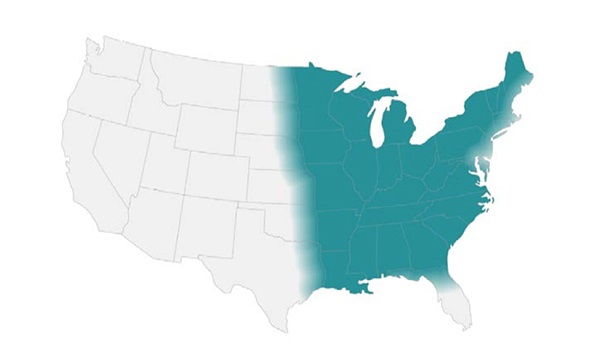Blastomyces
Clinical Signs of Blastomycosis
Clinical signs of blastomycosis can be vague and often overlap with other inflammatory diseases including bacterial infection, cancer, and immune mediated disease.
- Anorexia
- Weight loss
- Lethargy
- Fever, unresponsive to antibiotics
- Cough
- Tachypnea/dyspnea
- Lameness or joint swelling
- Lymphadenopathy
- Ulcerated or draining skin lesions
- CNS signs
- Blindness
Treatment And Testing
Early detection and accurate diagnosis are critical for improved outcomes. Testing for urine antigen with the MVista® Blastomyces Antigen Quantitative EIA is the single most accurate diagnostic test. In certain clinical scenarios, other non-invasive testing might be required and available tests for blastomycosis are listed below.
What is Blastomycosis?
Blastomycosis is caused by the dimorphic fungus, Blastomyces. The fungus lives in the environment, particularly in moist soil and decomposing matter such as wood and leaves.
Blastomyces is primarily found in the areas surrounding the Ohio and Mississippi River valleys and the Great Lakes region in the United States. It can also be found in central and eastern parts of Canada.
Blastomycosis develops after inhaling the fungal spores. Once in the lungs, at body temperature, the spores transform into yeast. In the lungs the yeast can be eliminated by the immune system, persist causing disease localized in the lungs, or spread through the lymphatics and bloodstream causing disseminated disease in many different organ systems.
Estimated Areas with Blastomycosis in the United States

Learn More About Blastomycosis
Blastomycosis is not contagious and cannot be passed from pets to humans. It is likely that many animals exposed to Blastomyces never become ill. With a very large inoculum or a weakened immune system, chronic infection can occur.
- Blastomycosis Algorithm
- FAQ Blastomycosis
- Testing for Blastomycosis
- Case Example Antibody Testing Blasto & Histo
- Blasto Antibody Testing
- Blasto v Histo Antibody Testing
